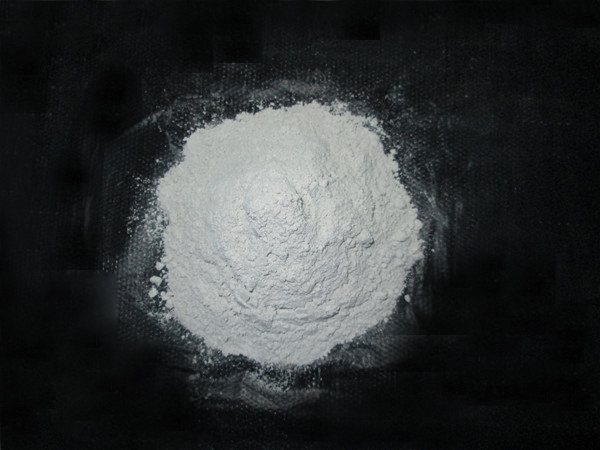What are the carbon dioxide adsorbent materials?
Carbon dioxide (CO2) adsorbent materials are substances that have the ability to selectively capture and remove CO2 from gas streams or the atmosphere. These materials are used in various applications, including carbon capture and storage (CCS), carbon dioxide removal (CDR), and gas separation processes.
Carbon dioxide adsorbent materials

Zeolites
Zeolites are porous crystalline materials with a high surface area and a regular arrangement of channels and cavities. Certain types of zeolites, such as 13X and 5A, can selectively adsorb CO2 due to their affinity for polar molecules.
Activated Carbon
Activated carbon, also known as activated charcoal, is a highly porous material with a large internal surface area. It can adsorb CO2 through physical adsorption, mainly due to its surface interactions and van der Waals forces.
Amine-Based Sorbents
Amine-based sorbents, including monoethanolamine (MEA), diethanolamine (DEA), and their derivatives, are commonly used in industrial carbon capture processes. These materials chemically react with CO2 to form stable compounds, which can be subsequently regenerated to release CO2.

Metal-Organic Frameworks (MOFs)
MOFs are a class of porous materials composed of metal ions or clusters coordinated with organic ligands. Certain MOFs have shown promising CO2 adsorption properties due to their high surface areas, tunable pore sizes, and strong CO2 adsorption affinity.
Porous Polymers
Porous polymers are organic materials with a three-dimensional network structure and high porosity. They can be designed with specific chemical functionalities to selectively adsorb CO2.
Silica Gels
Silica gels are amorphous materials composed of silicon dioxide (SiO2). They can be functionalized with amine groups to enhance their CO2 adsorption capacity.

Ionic Liquids
Ionic liquids are salts that exist in a liquid state at or near room temperature. Certain ionic liquids have shown CO2 absorption capabilities due to their unique molecular structures and polar nature.
Carbon Molecular Sieves
Carbon molecular sieves (CMS) are carbonaceous materials with narrow pore size distributions. They can selectively adsorb CO2 based on size exclusion and molecular sieving effects.
These are just a few examples of the many CO2 adsorbent materials available. Each material has its own advantages, limitations, and suitability for different applications. The selection of an appropriate CO2 adsorbent depends on factors such as adsorption capacity, selectivity, regeneration potential, stability, and cost-effectiveness for a specific process or system.


